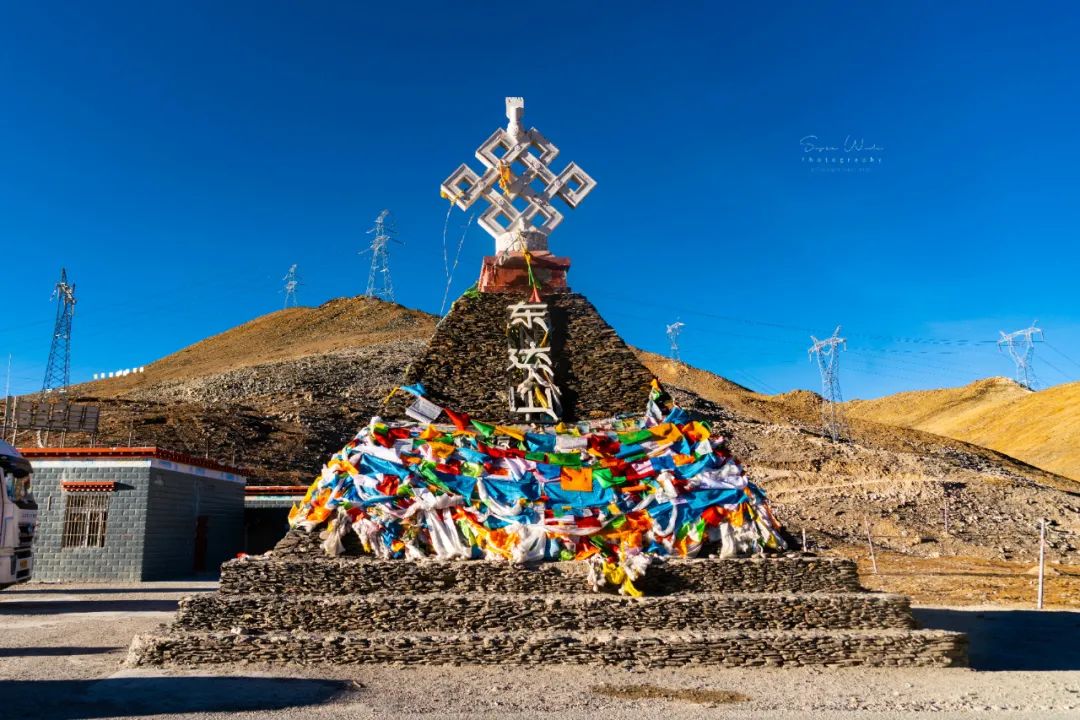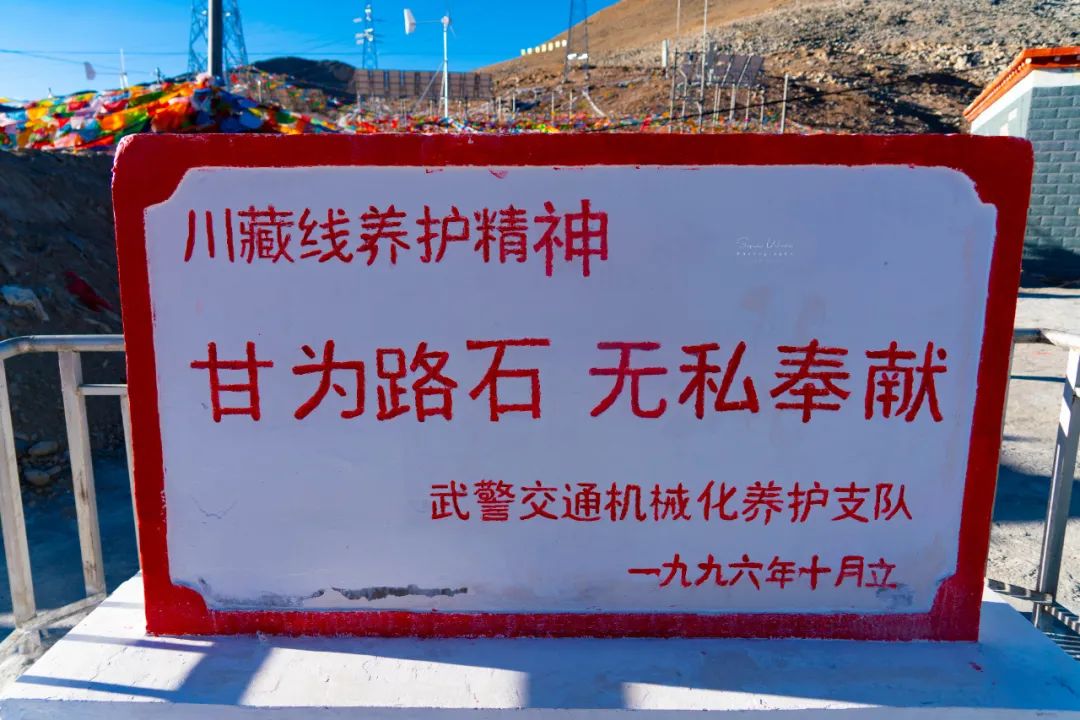































 .
.










Under the super speed of the leader, we finally arrived at Meili Snow Mountain before the sun set. We chose a viewing platform where we can see the panoramic view of Meili up close. The location is very good. Although it was backlit, it was the first time I saw the Meili Snow Mountain up close. I was so excited. The weather was great that day, and the Kawaborg Peak showed its majesty without any obstruction, exuding infinite charm.










 for Teacher Ma.
for Teacher Ma.

 .
.



As the sun rises, the sunlight penetrates the clouds and quickly shines on the Meili peaks. In just ten seconds, Kawaboge Peak, Mencimu Peak, Jiwa Ren'an Peak... instantly turned golden. This sense of amazement vividly displays the vitality and atmosphere of Meili Thirteen Peaks.

Meili Snow Mountain is located in the middle section of the Hengduan Mountains about 10 kilometers northeast of Deqin County, Yunnan Province, between the Nu River and the Lancang River. Meili Snow Mountain, also known as Prince Snow Mountain, is the most spectacular snow mountain group in Yunnan Province. There are 13 peaks with an average altitude of more than 6,000 meters, known as the "Thirteen Peaks of Prince". It is also the holy land of Yongzhong Bon religion and is known as the four sacred mountains of Tibetan Buddhism together with Mount Kailash in Tibet, Mount Animaqing in Qinghai and Gaduo Juewo in Qinghai.

Kawagebo Peak : is the highest among the Meili Snow Mountains, with an altitude of 6,740 meters, and is the highest peak in Yunnan. Kawagebo Peak is a holy pilgrimage site for Tibetan Buddhism and ranks first among the eight sacred mountains in Tibetan areas.

Mianzimu Peak (Goddess Peak) : Located on the south side of Kawagebo Peak, it is graceful and graceful. It is said to be the concubine of Kawagbo Mountain God. The peak altitude is as high as 6054.6 meters, covering an area of 30 square kilometers. The snow never melts all year round. Menzimu means "sea goddess" in Tibetan, and it is said that she is Kawagbo's wife.

Jiva Ren'an (Gava Ren'an) : means "Crown of the Five Buddhas" in Tibetan, and is called "Headless Devil Peak" in Tibet. Therefore, the mountain has five flat and sharp snow peaks arranged side by side, which resemble the five Buddha crowns worn by Bodhisattva, hence its name. It is located on the north side of Miancimu Peak and connected to it. It is 5470.5 meters above sea level, covers an area of about 10 square kilometers, and is covered with snow all year round.
"Thirteen Peaks of Prince", with majestic peaks and beautiful mountains, constitutes a long and lasting magnificent picture of the Yunnan-Tibet border area in the southwest corner of the motherland.











After the sun fully rises, Meili Snow Mountain, dressed in silver, is displayed magnificently under the pure blue sky. The strong visual impact fills my heart. This is a shock that everyone who loves nature and indulges in the mountains cannot refuse. Everyone who has experienced this process personally will understand during that long wait why Meili is called "the most beautiful snow mountain in the world".


After leaving Meili Snow Mountain, I still felt a little reluctant to leave. The little brother reminded me that there is a White Horse Snow Mountain ahead, and my little heart was excited again. Because the mountain tunnel of Baima Snow Mountain has been connected, I was unable to cross the pass to experience the beautiful scenery of Baima Snow Mountain. Although it can be opened to traffic, because the ventilation facilities have just been opened and are not yet complete, the tunnel is full of dust and humming with almost no visibility... At this time, our proud car window cannot be raised because the high-reflector is stuck in the middle. Okay, I was very scheming to choose this time to go high. In order not to get choked, I could only find a map to cover the car window... I just ran through a few kilometers of completely gray tunnel. The moment I came out of the tunnel, the car window stopped being high-reflective and went up on its own... What? ghost! ! !

I was just about to think about this crappy car window, but the stunning scenery on both sides of the highway didn’t give me a chance to think about it, so I could only seize every moment to take pictures. The yellow pine forest and the White Horse Snow Mountain disappearing and appearing in the clouds and mist are like a fairy tale world.






<< Swipe left and right to see the picture >>
Baima Snow Mountain, also known as Baimang Snow Mountain, is located in Deqin and Weixi counties of Diqing Tibetan Autonomous Prefecture in the northwest of Yunnan Province. Its main peak is Zalaqueni Peak, with an altitude of 5640m. The landforms nearby are very complex, and there are huge differences with the landforms in other areas. The terrain of the area is high in the north and low in the south. It is located in the transitional contact zone from the Qinghai-Tibet Plateau to the Yunnan-Guizhou Plateau. The natural geographical environment and biological resources of the reserve are very rich. The transition colors are very noticeable.


After crossing the Baima Snow Mountain, everyone started shouting to go to the mother-in-law's house for dinner. I don't know what the situation sounded like quite interesting. After bypassing several bridges, I finally arrived at my mother-in-law's house. It turned out that my mother-in-law's house buys Tibetan stone pot chicken from a small shop. I don't know the specific allusion, but just follow the food.

After finishing the chicken soup, I was about to say goodbye to my roommate, hugging each other reluctantly and cherishing each other. Unconsciously, the journey has come to an end, and we will embark on the return journey after saying goodbye to our roommates. The return trip was full of Mid-Autumn spirit, crossing the Napa Sea and entering the core area of Shangri-La. Seeing the iconic White Pagoda, my mind jumped back to my trip to Shangri-La in the autumn two years ago.





Pudacuo - Pudacuo is the Tibetan transliteration of Bitahai. It means that all sentient beings can reach the other side of happiness and enter paradise. And this paradise is like a bright sapphire embedded in the mountains of the northwest Yunnan Plateau.





In addition to the beautiful lakes and mountains of Pudacuo, the little squirrels also provide enough memory points. The little squirrels here ring the bell all year round, so they never refuse the call of humans and boldly and flexibly ask for food.




Tiger Leaping Gorge - The turbulent Jinsha River breaks through the pinch of Jade Dragon Snow Mountain and Haba Snow Mountain. It roars and hits the towering cliffs at the narrowest part of the canyon, setting off huge waves and erupting with terrifying power.




Dukezong Ancient City - Dukezong is a Tibetan pronunciation, meaning "moonlight city" and "castle built on stone". It was built by the Tubo Dynasty in the Tang Dynasty. The ancient city of Dukezong is built on the mountain. It is an important town on the Ancient Tea Horse Road and the first stop for the caravan after entering Tibet. It houses the largest and most complete Tibetan residential complex in the world. In "Lost Horizon", he once described the ancient city of Dukezong like this: "I had a dream last night, distant and ancient. I dreamed of solemn ancestral halls, devout monks, simple villagers, I dreamed of ancient villages with bright lights among thousands of mountains and snow, I dreamed of Caravans from afar are being groomed here, their horses’ hooves are crisp and their bells are ringing softly.”






sdfd

To escape from the memory, I parked the car at the Xiaozhongdian meadow for the team to rest. The wolfsbane flowers in November have turned into wolfsbane grass, and the red leaves are particularly conspicuous on the meadow. The cow brother grazing quietly and the second senior brother running made the whole pasture look much more lively. But the most eye-catching thing may be the proud and upright dung (struggle) mushroom.





After resting, the group headed to the last overnight stop - Shaxi Ancient Town in Dali. On the way, raindrops began to float in the sky again. The same area and the same weather came and went. The so-called echo from the beginning to the end may be nothing more than this. Some things always happen suddenly, such as brake failure...

I have never thought about what it would be like to be on an awkward road. This trip can be regarded as a personal experience. From changing cars due to engine failure, to high windows reflecting dust, to brake failure and breaking down on the side of the road, except for the crater in Duang Duang Duang The road has a profound impact on people, and brake failure may be the most exciting experience. Considering safety issues, we changed cars again. The original plan of dusk in the ancient town and sunset over the ancient bridge turned into beautiful wishes and could only be changed to a night tour of the ancient town.

Shaxi Ancient Town is located in the southeast of Jianchuan County, Dali Prefecture, with a terrain high in the north and low in the south. The tributaries of the Heilongjiang River meander through the center of the dam and flow slowly south. Bai villages are scattered along the river bank, and the unique geographical advantages have made Jianchuan a "land of plenty". Shaxi Ancient Town can be regarded as a real ancient town. It has not been over-developed and still retains its original simplicity. She nestled deep in the mountains, not pleasing anyone, but just writing her own chapter in the long river of time.









































